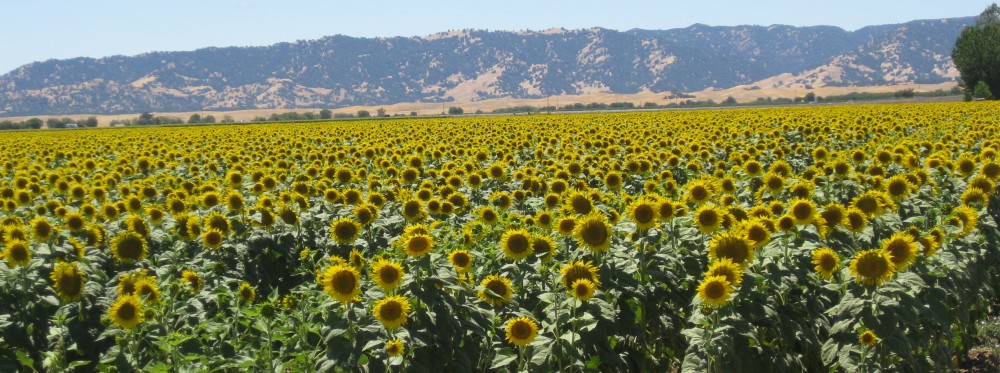Watermelon is the perfect cool snack for a hot summer day. As the climate continues warming and we see record temperatures and weather extremes, will watermelon still be a common component of our picnics?
Watermelon is a pollinator-dependent crop, meaning it relies on bees to fertilize all the seeds we use in seed spitting contests. A new study in the Journal of Global Change Biology gives hope that native bees can step in to fill the gap that might be left by honey bees, ensuring we have melons aplenty.
Honey bees are already hard hit by disease, most famously, Colony Collapse Disorder. But other hidden maladies lurk, for instance, managed honey bees may lose their efficiency as pollinators by as much as 14% due to Climate Change. However many native bee species are actually expected to increase their ability to pollinate crops under different climate scenarios.
Romina Rader and her colleges at Rutgers University examined pollen deposition in watermelon flowers (a proxy for seed set) throughout the day. They determined rates of bee activity, figuring out which bees were more likely to forage at high and low temperatres. They then compared this to different Intergovernmental Panel on Climate Change temperature scenarios. They found that honey bees are most active in the morning, while other bee species are active during different parts of the day. Some bee species are estimated to be able to increase their pollination rates by up to 86%. Thus the losses from honey bees combined with the increases from other bees will bolster watermelon pollination by about 4.5% in some scenarios.
It has been suggested that native bees can be viewed as an “insurance policy”, a fall back if we can’t rely on honey bees as steadily as before. These findings might mean that farmers might not be able to rely on honey bees to pollinate their entire fields. Fortunately native bees can step up. However, native bees need natural or restored habitat to be able to flourish in agricultural areas. Predicted climate change scenarios underscore the need to diversify farmland even further, particularly if we want to ensure we have all our favorite foods throughout the year.
